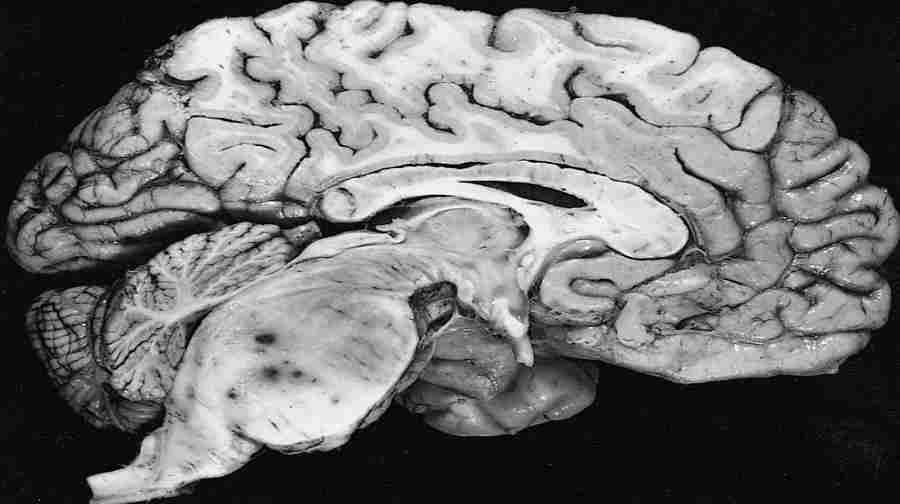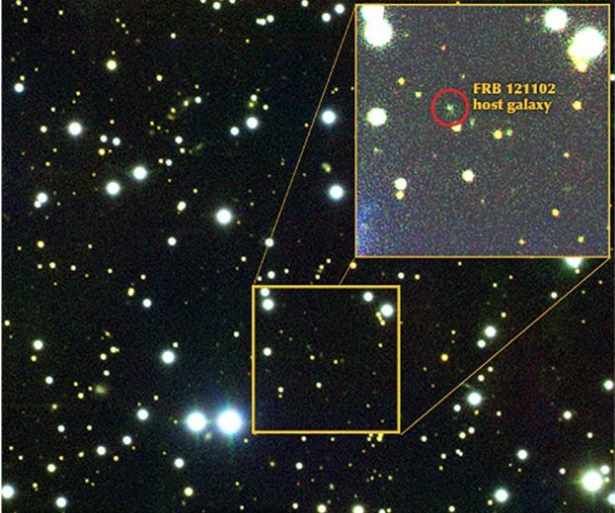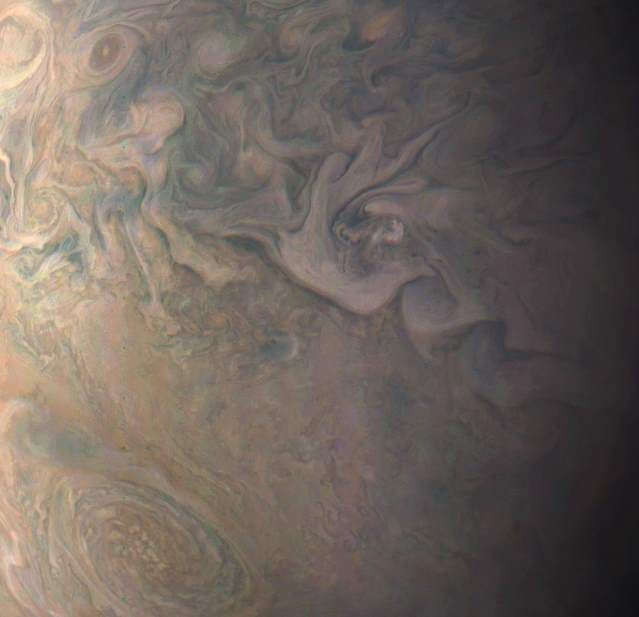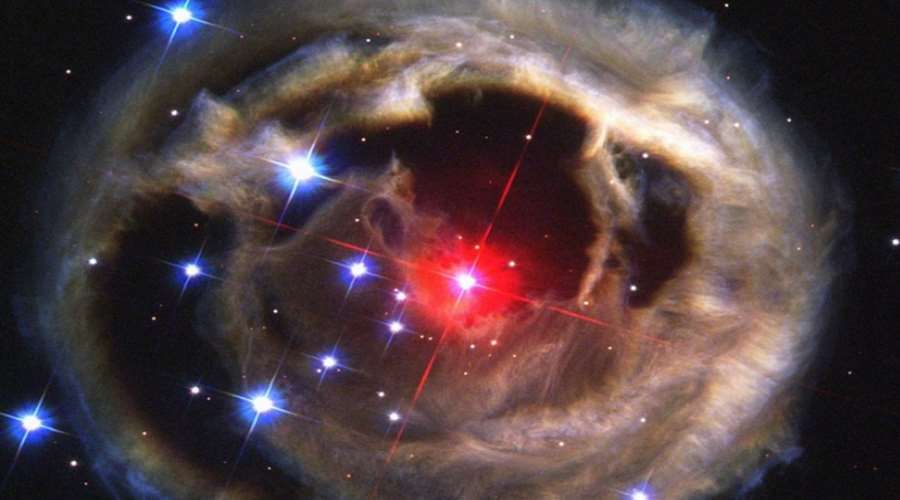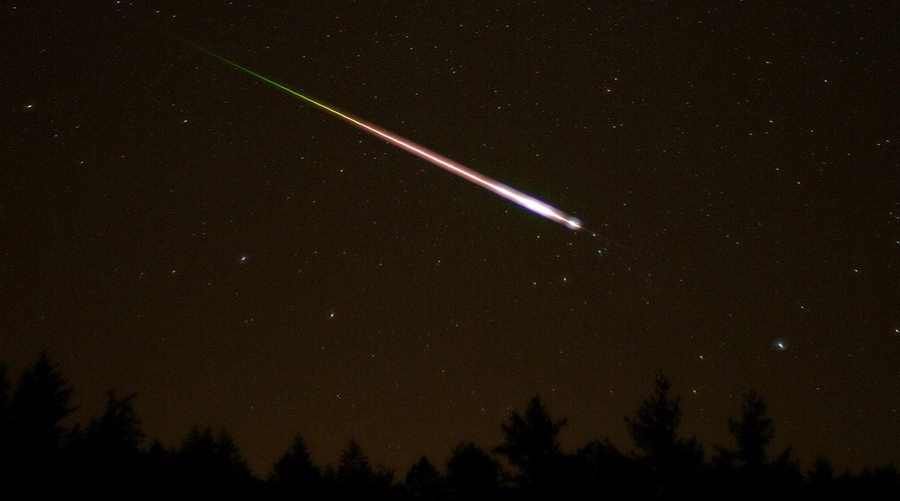How fireworks work?
Fireworks are closely associated with New Year’s Eve fun. Fireworks show is the highlight of the party. But why do some explode in red and others in green? It is all about the chemical components used in them.
Fireworks were invented in China. The first show lit up the sky at the imperial court in the 12th century. This type of show was very much to the liking of the Polish nobility. As early as 1566, when Sigismund III Vasa was born, fireworks displays were held. „After the górach over Vilnius various shotguns, flares, other tinsel spice fires were lit” – The Polish Renaissance humanist Lukas G wrote about that dayórnicki. This kind of celebration róThe fireworks show was quite often in the Polish sky. For example, during the fete of the victory at Vienna in 1683, or the regaining of independence in 1918.
The basic ingredient of artificial chimes is gunpowder. It was first made by the Chinese from honey, sulfur and saltpeter. Miód were subsequently replaced with charcoal. Gunpowder as well as sulfur and aluminum are responsible for acoustic sensations. They are also obtained during the combustion of oxides ofóin lead and bismuth. The characteristic whistles of someórych kindóin fireworksów is obtained by adding gallic acid, sodium salicylate, potassium benzoate and picric acid.
And what gives color to fireworks? Colors are created by adding ionóIn someórych metals. Barium compounds give the color green, sodium – żólithium, strontium – red, and copper – blue. Silver and white are a mixture of magnesium and aluminum, purple is a compound of strontium and copper.
Fireworks are often the cause of injuries. Every year after the New Year‘s Eve parties, Hospital Emergency Departments are bursting at the seams. Often irresponsible fun ends in serious injuries. Therefore, fireworksów need to be used according to the manufacturer’s recommendations and do not allow children to fire them themselves.



